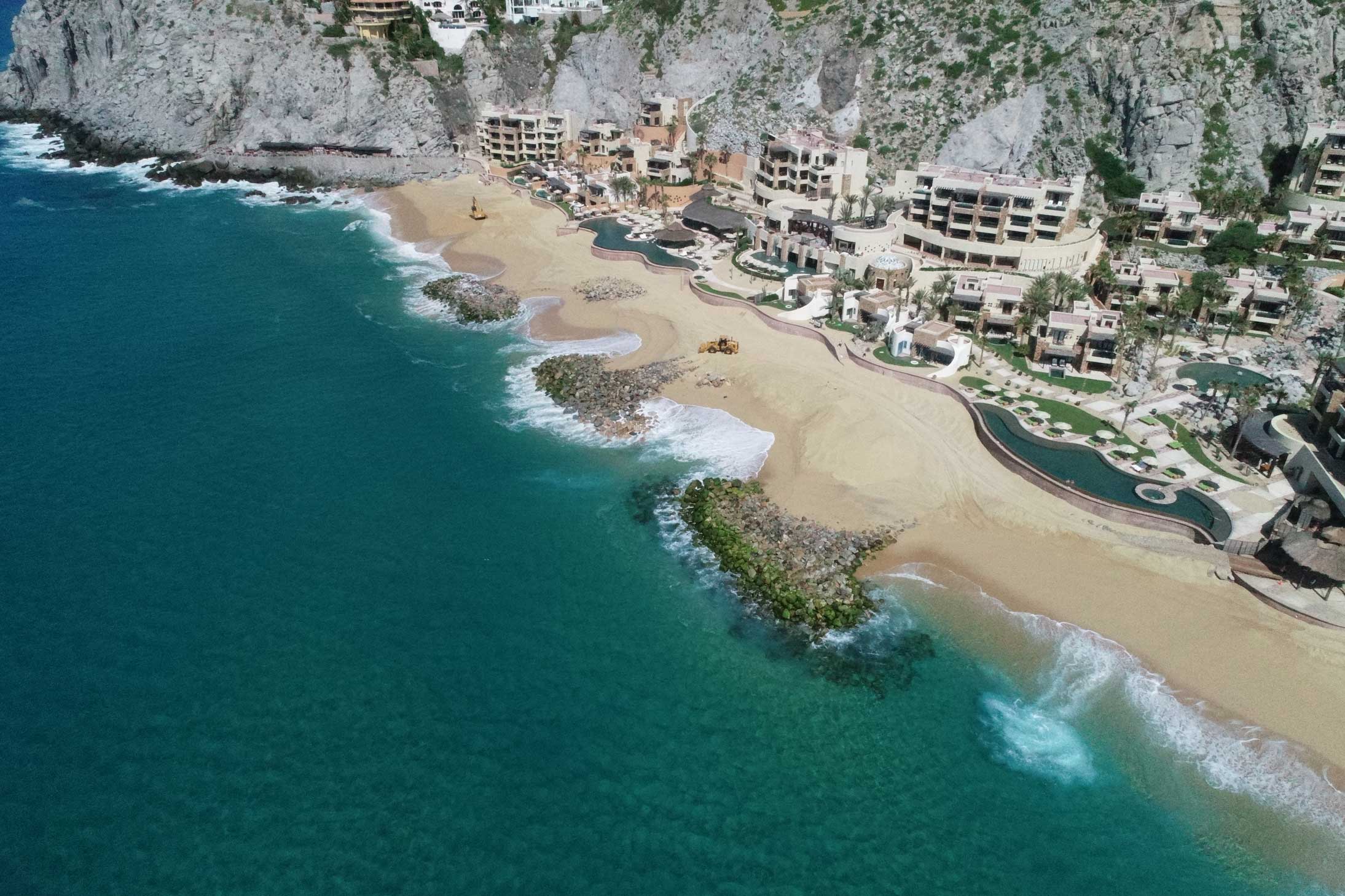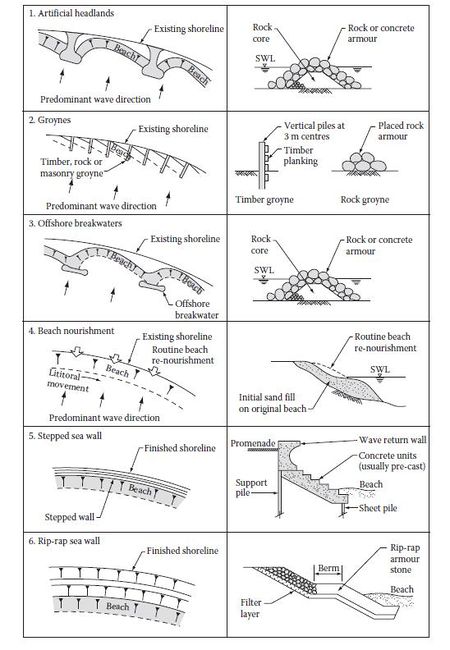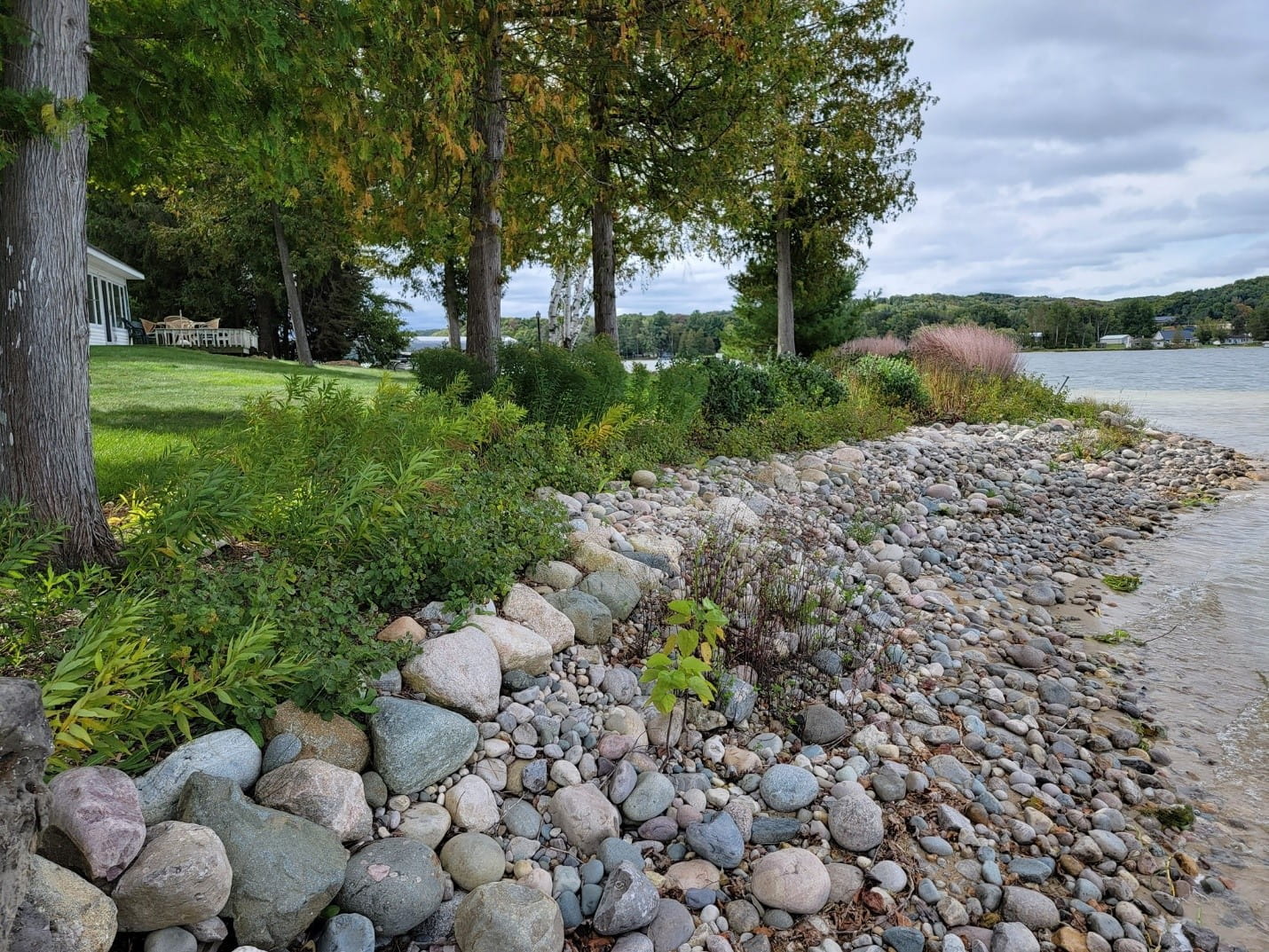The Only Guide for Shore Protect Team
The Main Principles Of Shore Protect Team
Table of ContentsEverything about Shore Protect TeamFacts About Shore Protect Team UncoveredNot known Facts About Shore Protect TeamShore Protect Team Fundamentals ExplainedThe 8-Second Trick For Shore Protect TeamFascination About Shore Protect TeamNot known Details About Shore Protect Team
Decrease in home value: As the area tourism is affected by erosion, so then is the economic situation. Customers are less likely to look for a beach house that can be destroyed anytime by the approaching flooding and erosion emergency situation. Subsequently, residential or commercial property worth can drop immensely and affect the entire region.Whether a coastline is simply tiny and crowded or has to close completely for the safety and security of the community and nearby buildings, this significantly affects tourist. Consequently, neighborhood economies are impacted (https://smartseolink.org/details.php?id=416591). Risk of injury: The enhanced risk of flooding and architectural failures causes an increased threat of injury to close-by tourists and neighborhood participants

Shoreline stabilization is directly relevant to their work. Waterside hotels: Since shoreline disintegration effects tourist, it impacts the success of waterside hotels.
How Shore Protect Team can Save You Time, Stress, and Money.
Coastal industrial organizations: No vacationers means no service. Coastal state parks: State parks that exist along shorelines are at danger of damage.
Soft stabilization is a far better option for the environment and more lasting overall. Difficult stabilization uses manufactured frameworks as protection to control erosion. Usually, these frameworks are mounted at ideal angles or parallel to quit sand movement and lessen the force of waves. A lot of forms of tough stabilization like seawalls and sheet metal are not suitable for coastline stablizing.
7 Easy Facts About Shore Protect Team Explained
There's additionally inadequate evidence of their efficiency relying on the sort of coastline and regional problems. Difficult stabilization methods tend to be harder to install and don't match the all-natural visual, protruding like an aching thumb and harming neighborhood environments in lots of scenarios. Beach nourishment is the process of adding lost sand and sediment back to coastlines after erosion has actually happened.
TrapBags aid in the process of coastline nutrients by protecting natural environments and enabling plants to expand. They're: Eco friendly: You can make use of indigenous dirt both to surround and to fill up the TrapBags.

How Shore Protect Team can Save You Time, Stress, and Money.
Easy to mount: Relieve of installation suggests TrapBags can be released promptly in the occasion of an emergency. They can likewise be installed without any heavy equipment. Cost effective: TrapBags are ideal for both small and huge areas of coastline. They offer a budget friendly option to cover jobs of any type of dimension.
Integrated with a high construction price, this has brought about enhancing usage of various other soft design seaside administration choices such as coastline replenishment. Seawalls are built from different products, the majority of frequently strengthened concrete, boulders, steel, or gabions. Other feasible construction materials include vinyl, timber, aluminum, fiberglass composite, and naturally degradable sandbags made of hemp and coir. The appropriate seawall layout relies on location-specific aspects, consisting of surrounding erosion procedures. There are 3 major kinds of seawalls: vertical, rounded, stepped, and mounds (see table listed below). A report released by the United Nations Setting Programme (UNEP) suggests that the tsunami of 26 December 2004 triggered much less damage in the locations where all-natural barriers existed, such as mangroves, coral reefs or coastal plants.
Natural barriers, such as coral reefs and mangrove woodlands, avoid the spread of tsunamis and the flow of seaside waters and mitigated the flooding and rise of water. A cost-benefit technique is a reliable means to figure out whether a seawall is suitable and whether the benefits are worth the expense.
The 6-Second Trick For Shore Protect Team
A seawall is a static feature which can conflict with the vibrant nature of the coast and hinder the exchange of debris between land and sea. Advantages and drawbacks of seawalls according to Short (1999) Benefits Drawbacks Lengthy term remedy in contrast to soft beach nourishment (https://johnnylist.org/Shore-Protect-Team_313124.html).

This can cause coastlines to dissipate, rendering them worthless for coastline goers. Usually, seawalls can be an effective method to manage coastal disintegration, yet just if they are constructed well and out of materials that can stand up to the force of recurring wave power.
Rumored Buzz on Shore Protect Team
Combined with a high building and construction expense, this has actually caused boosting use of other soft design seaside administration alternatives such as coastline replenishment. Seawalls are built from different products, many commonly enhanced concrete, rocks, steel, or gabions. Various other possible construction materials include plastic, timber, aluminum, fiberglass composite, and biodegradable sandbags made of jute and coir. The ideal seawall layout counts on location-specific elements, including surrounding disintegration processes. There are 3 main kinds of seawalls: upright, bent, stepped, and mounds (see table listed below).
Natural barriers, such as reef and mangrove forests, protect against the spread of tsunamis and the circulation of coastal waters and reduced the flooding and rise of water. A cost-benefit approach is an efficient means to establish whether a seawall is proper and whether the benefits deserve the cost.
The Only Guide to Shore Protect Team
A seawall is a fixed attribute which can contrast with the dynamic nature of the coast and impede the exchange of debris between land and sea. Benefits and downsides of seawalls according to Short (1999) Benefits Negative aspects Lengthy term service in contrast to soft beach nutrients.

This can cause beaches to dissipate, providing them ineffective for coastline goers. Typically, seawalls can be an effective way to regulate coastal disintegration, but only if they are built well and out of products that can stand up to the force of recurring wave power.